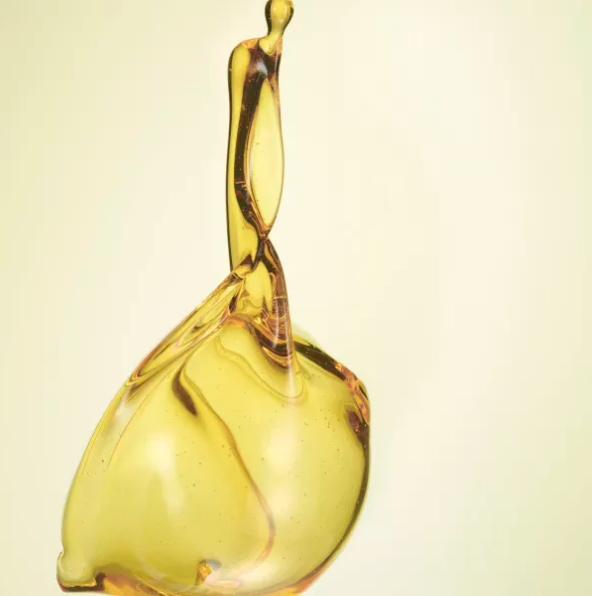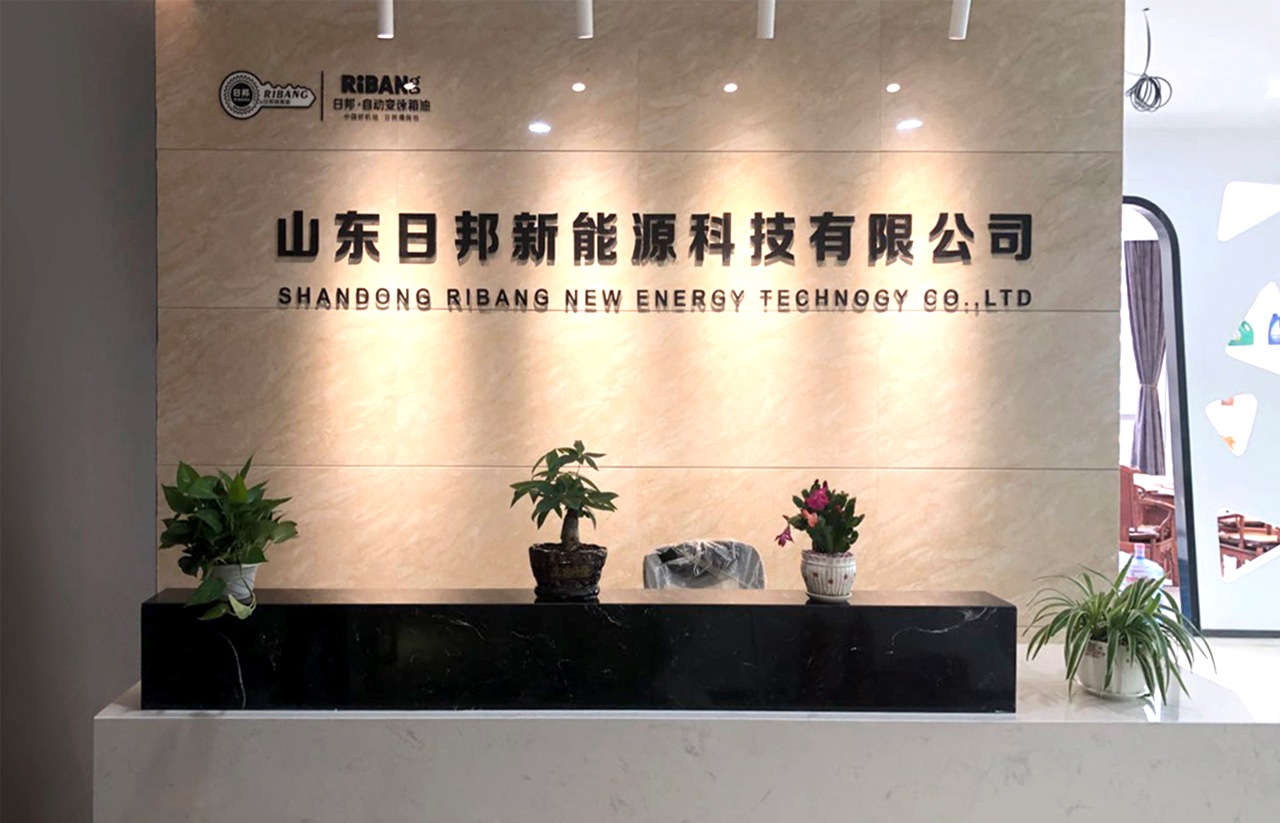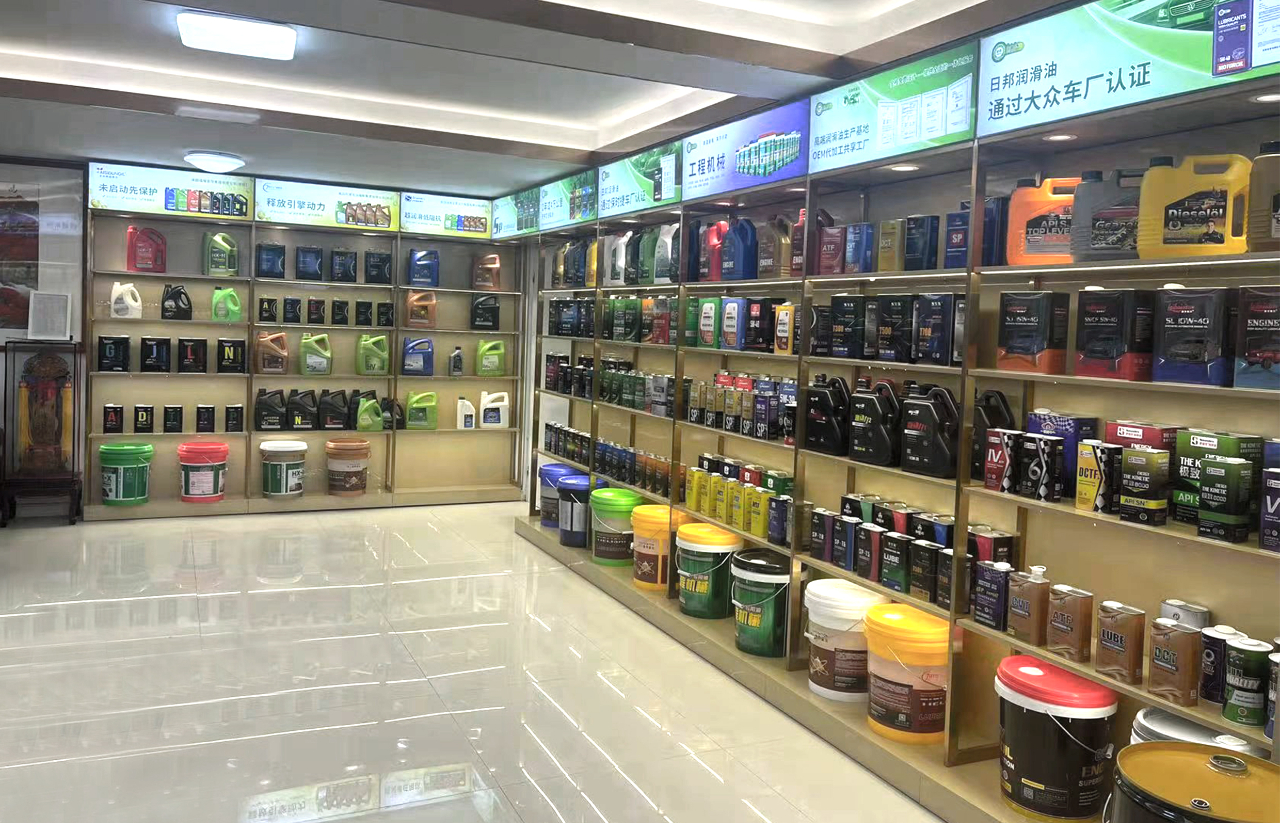- English
- 简体中文
- Esperanto
- Afrikaans
- Català
- שפה עברית
- Cymraeg
- Galego
- 繁体中文
- Latviešu
- icelandic
- ייִדיש
- беларускі
- Hrvatski
- Kreyòl ayisyen
- Shqiptar
- Malti
- lugha ya Kiswahili
- አማርኛ
- Bosanski
- Frysk
- ភាសាខ្មែរ
- ქართული
- ગુજરાતી
- Hausa
- Кыргыз тили
- ಕನ್ನಡ
- Corsa
- Kurdî
- മലയാളം
- Maori
- Монгол хэл
- Hmong
- IsiXhosa
- Zulu
- Punjabi
- پښتو
- Chichewa
- Samoa
- Sesotho
- සිංහල
- Gàidhlig
- Cebuano
- Somali
- Тоҷикӣ
- O'zbek
- Hawaiian
- سنڌي
- Shinra
- Հայերեն
- Igbo
- Sundanese
- Lëtzebuergesch
- Malagasy
- Yoruba
- Español
- Português
- русский
- Français
- 日本語
- Deutsch
- tiếng Việt
- Italiano
- Nederlands
- ภาษาไทย
- Polski
- 한국어
- Svenska
- magyar
- Malay
- বাংলা ভাষার
- Dansk
- Suomi
- हिन्दी
- Pilipino
- Türkçe
- Gaeilge
- العربية
- Indonesia
- Norsk
- تمل
- český
- ελληνικά
- український
- Javanese
- فارسی
- தமிழ்
- తెలుగు
- नेपाली
- Burmese
- български
- ລາວ
- Latine
- Қазақша
- Euskal
- Azərbaycan
- Slovenský jazyk
- Македонски
- Lietuvos
- Eesti Keel
- Română
- Slovenski
- मराठी
- Srpski језик
In the Chinese market, where is the road for automotive lubricants?
2023-10-14
In the Chinese market, where is the road for automotive lubricants?

One from the OEM army to the independent brand debut
In the early 1980s, the Sino-foreign joint venture automobile industry began to appear in China, and international automobile brands such as Volkswagen, General Motors and Ford began to enter the Chinese mainland market. Overwhelmed by outdated traditional car-making technology, China is gradually moving away from its painful history of "purely handmade" cars. Since then, Santana, Beijing Jeep, SAIC Volkswagen and other models have appeared on the streets of China and become popular in the Chinese auto industry. At the same time, the upstream and downstream industries of auto parts supporting automobiles are also developing in full swing across the country. Lubricants are the most important and clear epitome of the automotive industry's support system. In the 1960s, with the needs of the automotive industry production and aerospace, the lubricant industry began to slowly start. By the 1990s, Chinese lubricant companies led by Great Wall Lubricants began to grow. During the same period, many private lubricant companies emerged. For example, established in 2004, Ribang Technology new energy lubricants and other well-known domestic lubricant enterprises.

In the early stage of the development of the lubricant industry, Chinese enterprises lack standardized lubricant production and processing technology. Through cooperation with foreign brands, they have gradually accumulated their own deep production and processing technology. After gradually mastering production and quality control, many private enterprises in China seized the golden years of the rise of domestic automobiles and the development of the automobile aftermarket, and gradually developed from the OEM production of the three leading brands in the international market of Meijia Shell. A strong brand is a strong industry, and a strong industry is a strong country. In the next decade, domestic independent brands will continue to rise, while the market leading position of some well-known international brands will gradually decline. Brands compete with incumbents with market sensitivity, flexible production and high cost performance. Relevant data show that in 2021, foreign lubricant brands occupy 93.9% of the domestic market, while independent brands only account for 6.1% of the market share. The huge domestic lubricant market is almost monopolized by foreign brands.

Second, from the channel to the genuine product, from price to service
Previously, the domestic lubricant market was mainly occupied by the three major brands and other international brands, accounting for almost 97% of the market share. Therefore, in the past, lubricant dealers mastered the supply of first-level channels, which means that the right to speak in the region, but also means that you can lie to make money, and the profits are extremely rich. Today, there are more than 6,000 lubricant brands in the domestic market. What the market lacks is no longer a product, let alone a channel. Coupled with a great increase in information transparency, access is no longer difficult. Whether the product itself can bring a certain profit space to the dealer has become an important standard in the era of internal volume. International brands such as the three major brands have become market pioneers because of their high market transparency and low price profits. Then there are the former low-level weapons, but now they have been quietly replaced by their own brands. Refined landing services and stricter market control have become the medium - and long-term profit choices for many dealers.
Lubricant counterfeiting cases are also frequent, and brand counterfeiting is most likely to occur in international brands such as the three major brands. Because the control channels are difficult to strictly control and the market awareness is extremely high, there is no room for fakes, but due to the factors such as channel control and service control of independent brands, as well as weak purchasing power and other factors, there are fakes. Domestic lubricants emphasize high quality and cost-effective. Through the cost control of the upstream and downstream of the industrial chain, we can produce high-quality and low-cost products, constantly reduce the price of lubricating oil, and directly benefit the majority of car owners. In recent years, domestic independent brands have also realized that the price war can not become the driving force to support the long-term development of the brand, and have increased their efforts in marketing terminals and services, such as occupying the minds of terminal consumers and using major new media for publicity, which has played a certain role.

Three modes of cooperation
From close to upstream enterprises to close to downstream service providers in the past, the lubricant industry was absolutely dominated by manufacturers. The relationship between the dealer and the manufacturer is purely one of buying and selling. Dealers act as manufacturers of products and goods. The viscosity of the diversion channel to the manufacturer is very low, let alone loyalty. In an era when channels are king, profit is the only link. There is profit, there will be no lack of partners.
The stickiness between dealers and manufacturers has become a highly valued sustainability factor for manufacturers. In order to support dealers, manufacturers will invest additional resources into dealers, and even deeply bundle dealers in the region to achieve more good regional market sinking. Therefore, "sinking" has become a rallying cry for independent brands to launch an attack on the market terminal. For example, Ribon lubricants bundle each other's interests together, and even allow dealers to become part of the factory through equity sharing or distribution, in order to achieve a more long-term profit distribution pattern.

Four role positioning differences
The lubricants market is full of opportunities, but also challenges and pitfalls. At present, there are six major trends in the development of mainstream lubricant brands in the domestic market:
First, firmly build independent brands, more and more attention to independent brands.
Such as Great Wall lubricating oil, Longpan Technology, Compton, zero kilometers lubricating oil and so on.
The second is to unswervingly provide supporting products for independent brands. In addition to lubricating oil, there are lubricating oil supporting products, such as fuel oil, lubricating oil engine maintenance additives, as well as water-based products such as antifreeze. For example, Longpan Technology produces water-based products to continuously enrich the service capabilities of its own brand camp and occupy the market.

Third, it takes its own brand as the banner, and strives to become the "Liangshan Hero base" that brings together many oil brands such as unified Petrochemical, Lake Technology, and New Century New Energy, focusing on OEM integration positioning. It is hoped that through its own factory strength, it will become the rear position and support for many brands and help more independent brands sail far.
Fourth, early OEM production and research and development as the core advantage. While continuing to maintain the competitiveness of OEM, we are now vigorously developing OBM independent brands, such as Meihe Technology, Yuangen Petrochemical, etc., to achieve parallel development of two drives.
Fifth, with the evolution and development of some channels, the integration and evolution of resources, some new forces led by centralized procurement and supply chain are rising, which will match the corresponding advantages of the major leading lubricants. Enterprises to cooperate with OEM, or exclusive brand licensing cooperation, or dual brand cooperation. It is the channels and cooperation with high-quality factories that have achieved rapid development.

Sixth, in recent years, some internationally renowned 100-year brands have become mainstream suppliers of some core categories of host equipment after a hundred years of intensive cultivation.
At the same time, the brand influence has also been recognized by the market. Through strict international product standards, OEM certification system standards, and combined with market operation, it has also joined the lubricant product track and achieved rapid development.
On the one hand, lubricating oil is a competition between brands, and on the other hand, it is also a competition between the supply chain and industrial advantages behind the brand. In the automotive aftermarket industry, only one thing can become the eternal tone, and that is: to provide customers with the greatest value and the ultimate cost-effective quality products and services. Regardless of the price war, what is important is the accumulation and control of various brands in the industry. It's hard to say who can play well and continue to play well. Market feedback will prove that only the winners of the model + service + product + price system can get out of the circle.







